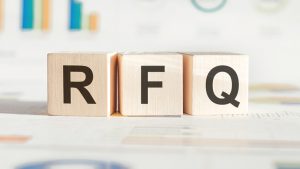China has revised its 2004 economic growth rate to 10.1 per cent from 9.5 per cent following the recent completion of an economic census, the National Statistics Bureau reported.
World Economy
Pace described as 'feverish'; as official reports paint a picture of an economy bursting at the seams
SHANGHAI, China
China has revised its 2004 economic growth rate to 10.1 per cent from 9.5 per cent following the recent completion of an economic census, the National Statistics Bureau reported.
China’s gross domestic product grew a feverish 9.8 per cent for all of 2005, the official Xinhua News Agency reported, citing the National Development and Reform Commission. That estimate, issued just after the New Year, likely will be revised when official data are released months later.
China had reported in late December that based on the census, the size of the entire economy was about 20 per cent bigger than previously thought because it had underestimated the services sector. Since then, the government has gradually released figures for various years.
The figures show the economy growing even faster than expected, resisting government efforts to curb growth that has strained energy supplies and transport systems, while generating massive pollution problems.
The estimated size of China’s economy in 2004 was revised upward by 16.8 per cent to 15.988 trillion yuan, about $1.98 trillion US, from the previously reported 13.688 trillion yuan, or $1.7 trillion, the Statistics Bureau said in a report posted on its website.
The statistics bureau also revised GDP data for the years 1993 to 2003.
Based on the revisions, China’s GDP grew by an average annual rate of 9.6 per cent between 1979 and 2004, 0.2 percentage point higher than originally reported. The fastest expansion, 14 per cent, was seen in 1993. The slowest was 7.6 per cent, in 1999.
Strong exports and massive flows of foreign investment have helped support continued robust growth, despite efforts by regulators to rein in spending on excess factory capacity and real estate development and other construction projects that they say could lead to financial problems.
Retail spending and other forms of domestic consumption, meanwhile, are playing an increasingly important role, the China Securities Journal reported, citing a National Statistics Bureau economist, Yao Jingyuan.
Yao forecast steady growth for 2006, noting that the relatively low level of inflation in recent months, about 1.8 per cent, was encouraging domestic demand.
Such demand is seen as crucial for China’s continued strong growth, given the potential for downturns in foreign investment and export demand. Rising car and home purchases have helped boost demand, the report said, but warned low incomes among the majority of China’s 1.3 billion who live in the impoverished countryside remain a key constraint.
ASSOCIATED PRESS










Recent Comments
comments for this post are closed